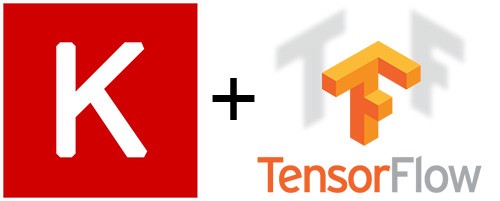How to visualize loss in Deep Leaning Model in Keras

Visualizing the loss of a deep learning model in Keras can provide insights into how well the model is performing during training and help identify overfitting or underfitting. The loss value is a measure of how well the model is able to predict the correct output for a given input and it decreases as the model becomes better at making predictions.
To visualize the loss of a deep learning model in Keras, you can use the history object returned by the fit() function. The history object contains a record of the loss and other metrics at each training epoch. You can then use a Python visualization library such as matplotlib to plot the loss values over time.
When you’re training a model in Keras, you can pass it the parameter “verbose=1” to see the loss value at each epoch, it will be printed on the console. This can give you an idea of how the loss is changing over time and help you determine if the model is overfitting or underfitting.
In addition to monitoring the loss, it’s also important to monitor other metrics such as accuracy or F1 score, to better understand the model’s performance. A combination of loss and other metrics can provide a more complete picture of how well the model is performing.
In summary, to visualize the loss of a deep learning model in Keras, you can use the history object returned by the fit() function, which contains a record of the loss and other metrics at each training epoch. You can then use a Python visualization library such as matplotlib to plot the loss values over time and monitor the loss during the training process, in addition to other metrics such as accuracy or F1 score.
In this Applied Machine Learning & Data Science Recipe (Jupyter Notebook), the reader will find the practical use of applied machine learning and data science in Python programming: How to visualize loss in Deep Leaning Model in Keras.
Latest end-to-end Learn by Coding Recipes in Project-Based Learning:
All Notebooks in One Bundle: Data Science Recipes and Examples in Python & R.
End-to-End Python Machine Learning Recipes & Examples.
End-to-End R Machine Learning Recipes & Examples.
Applied Statistics with R for Beginners and Business Professionals
Data Science and Machine Learning Projects in Python: Tabular Data Analytics
Data Science and Machine Learning Projects in R: Tabular Data Analytics
Python Machine Learning & Data Science Recipes: Learn by Coding
R Machine Learning & Data Science Recipes: Learn by Coding
Comparing Different Machine Learning Algorithms in Python for Classification (FREE)
Introduction to Applied Machine Learning & Data Science for Beginners, Business Analysts, Students, Researchers and Freelancers with Python & R Codes @ Western Australian Center for Applied Machine Learning & Data Science (WACAMLDS) !!!
Subscribe SETScholars on YouTube.
Support SETScholars for Free End-to-End Applied Machine Learning and Data Science Projects & Recipes by becoming a member of WA Center For Applied Machine Learning and Data Science (WACAMLDS). Membership fee only $1.75 per month (on annual plan) and you will get access to 425+ end-to-end Python & R Projects.
Western Australian Center for Applied Machine Learning & Data Science – Membership
How to setup a multiclass classification Deep Leaning Model in Keras